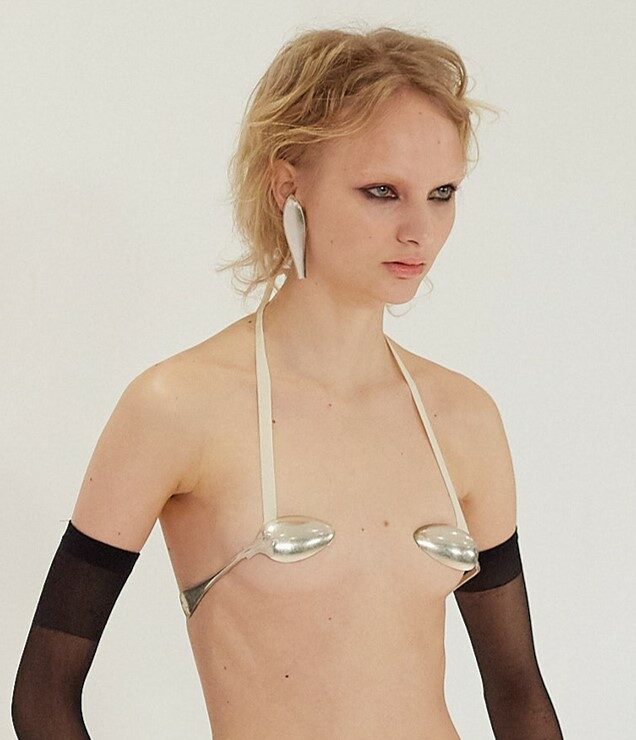Menno Idink / 12-02-2024 / Upcycling
UPCYCLING: THE ENDLESS POSSIBILITIES OF SUSTAINABILITY
While you are mostly likely familiar with how to recycle, whether it be recycling plastics or textile recycling, you may not be familiar with upcycling. Upcycling and sustainability are showing a rejection from conventional design. The trend offers a sustainable, creative, and individualistic approach that is likely to redefine the future of design and creativity. Upcycling has grown increasingly popular in the world of sustainability. It symbolizes the endless possibilities of sustainability, and it is definitely a trend we want to keep around.
SUSTAINABILITY
Sustainability, also known as eco-friendly or ethical production and consumerism, is a growing movement within the creative industry. The movement prioritizes environmental and social responsibility. Its goal is to minimize the negative impact on the planet and its people is important in the creative industry, especially in fashion, art and interior and design. Sustainability encompasses various practices, such as using recycling and upcycling, eco-friendly materials, ensuring fair labor practices and designing durable, timeless products that reduce the need for frequent replacements. It promotes a shift away from the fast consumerism, encouraging consumers to make mindful and eco-conscious choices. By supporting sustainability, we can contribute to a more responsible and harmonious relationship between what we want and the world we live in. However, it is a difficult process, especially in the creative sector. Therefore, there is a need to constantly look for new possibilities of sustainability.

UPCYCLING – A NEW TAKE ON SUSTAINABILITY
Upcycling is currently one of the biggest macro trends in the sustainability movement and is being embraced by creatives. It causes a major shift towards more responsible, circular practices without diminishing creative vision. Not only does upcycling not hinder the creative process, but it boosts the need to look at things from a different perspective. Upcycling is about taking a product and creating a new use for it, which can be of higher quality or value than the original. Also known as creative reuse, the process of upcycling gives old objects a second life by using out-of-the-box thinking. Therefore, the movement is appreciated by designers and artists. Slowly but surely, consumers are embracing the value of upcycling too. For designers, it sparks innovation and creativity, turning discarded materials into art with a second change at life. Consumers recognize that creativity can combine style and sustainability, resulting in a collective belief that everyone’s choices can shape a greener future.
UNCONVENTIONAL UPCYCLING AND ITS ENDLESS POSSIBILITES
Taking upcycling to the next level, a micro trend has emerged within the sustainability movement that is particularly popular within the creative industry. Some designers are embracing the use of unconventional materials that are usually not associated with their original intend. This is an avant-garde approach that involves using materials or items that were originally created with a purpose other than the purpose of its new life. The trend imagines endless possibilities, allowing the designer to think beyond what is known, and to create art that is made through an unconventional perspective. Even though the trend of upcycling has been around for a while now, this micro trend has not fully reached its spotlight yet. The trend is a great example of how eco-friendly practices can bring a new perspective on what creativity is. It challenges the current industry, inspires creativity, and shows us the endless possibilities of sustainability and unique expression.



